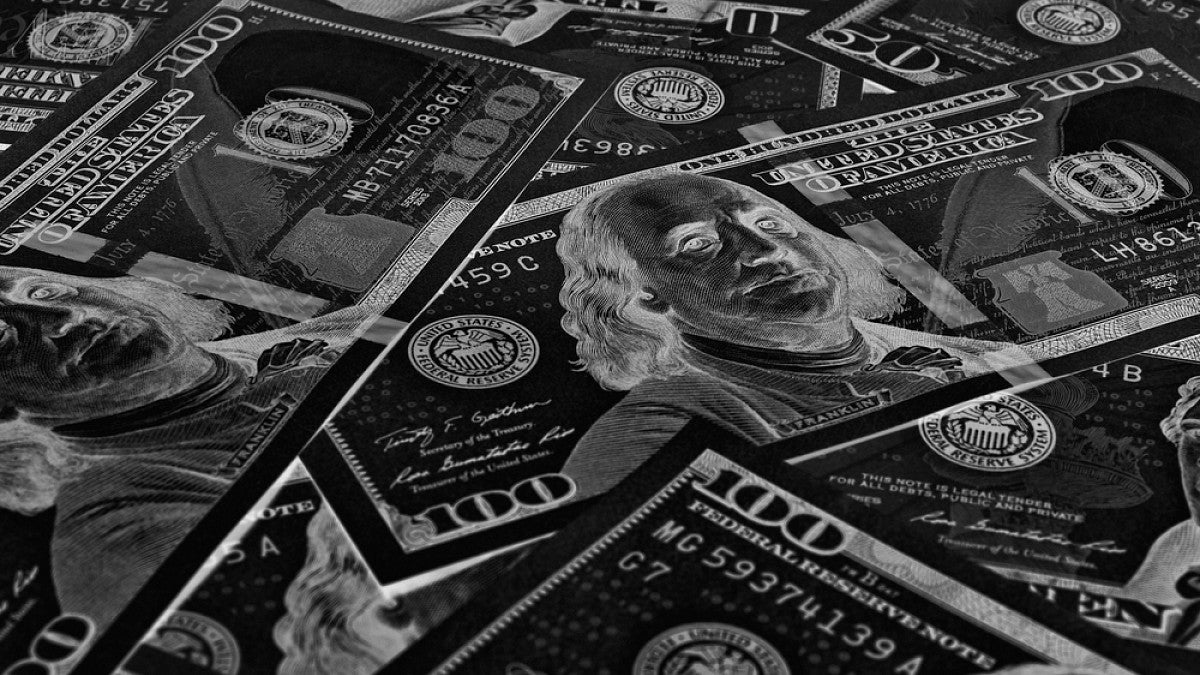Not all nonprofits are created equal — and some exist mainly to capitalize on a tax law loophole that allows them to anonymously funnel donations to political causes.
New University of Oregon research proposes an index that rates the financial transparency of social advocacy nonprofits to give people more awareness of organizations that are funneling anonymous donations, or “dark money,” into politics.
Renée Irvin, a professor in the College of Design and vice provost for academic affairs at the University of Oregon, describes the index in a paper published in March 2023 in the journal Nonprofit Policy Forum.
“My wish is for the public to be more skeptical of organizations with bland names and no websites,” Irvin said. “We need to know who is actually funding these things.”
In the United States, campaign finance laws limit the size of donations from individuals. But certain nonprofits can offer a way around those rules. Specifically, 501(c)(4) — nonprofits that promote social welfare — are allowed to participate in political activities, including lobbying. But they aren’t required to disclose their donors.
That creates a loophole: Wealthy donors can anonymously give large sums to 501(c)(4) organizations, which can then donate to superPACs in unlimited amounts. The original source of the money is hard to trace. Some 501(c)(4) groups seem to exist solely for this purpose, Irvin said. And, the tactic occurs on both sides of the political spectrum.
“Supposedly, 501(c)(4)s can only give 50 percent of their budget towards political causes, but the definition of political activity is a little blurry,” Irvin said.
Irvin combed through tax forms for 501(c)(4) groups to build the index, weighing different criteria to give a range of nonprofits a numerical score of their transparency.
“I tried to think like a big-pocket donor,” she said. “For example, you wouldn't need staff or a big board if it’s just a pass-through.”
Many 501(c)(4) organizations serve the community beyond political lobbying — well-known examples include Planned Parenthood and the Sierra Club — and are clear about their objectives, if not the source of their funds. Organizations such as these would have a relatively low index.
Other 501(c)(4) groups have vague names like Majority Forward and Freedom Frontier. These groups funnel tens of millions of dollars into political advocacy. Yet their websites are often sparse of real details, and they often have very small boards with only a couple of members, and do not engage in any fundraising. All of these are red flags for dark money, Irvin said.
Political watchdog groups sometimes lump all 501(c)(4) groups into the same dark money category, Irvin noted, because none of them are required to report the sources of their donations. Irvin hopes her index will help people see the nuances among these nonprofits and become more aware of organizations that might exist solely to funnel money, going against the spirit of the law even if technically abiding by the letter of the law.
So far, her rating system covers organizations that work with economic and tax policy. But dark money groups are influencing politics at many levels and in many spheres, including getting anti-LGBTQ candidates onto local school boards and fighting against climate-friendly legislation nationally.
“The public needs to know whether an innocuous-sounding organization might be the policy entrepreneurship of an individual or corporation hoping to turn an election,” Irvin said.
—By Laurel Hamers, University Communications


